ECB left interest rates unchanged today as widely expected. That is, main refinancing, marginal lending and deposit rates are kept at 0.00%, 0.25% and -0.40% respectively.
ECB changed the forwards guidance and said interest rates will remainat present levels “at least through the first half of 2020, longer than “the end of 2019”. ECB also announce the rates of TLTRO III opertaions.
Full release below.
Monetary Policy Decisions
At today’s meeting, which was held in Vilnius, the Governing Council of the European Central Bank (ECB) took the following monetary policy decisions:
(1) The interest rate on the main refinancing operations and the interest rates on the marginal lending facility and the deposit facility will remain unchanged at 0.00%, 0.25% and -0.40% respectively. The Governing Council now expects the key ECB interest rates to remain at their present levels at least through the first half of 2020, and in any case for as long as necessary to ensure the continued sustained convergence of inflation to levels that are below, but close to, 2% over the medium term.
(2) The Governing Council intends to continue reinvesting, in full, the principal payments from maturing securities purchased under the asset purchase programme for an extended period of time past the date when it starts raising the key ECB interest rates, and in any case for as long as necessary to maintain favourable liquidity conditions and an ample degree of monetary accommodation.
(3) Regarding the modalities of the new series of quarterly targeted longer-term refinancing operations (TLTRO III), the Governing Council decided that the interest rate in each operation will be set at a level that is 10 basis points above the average rate applied in the Eurosystem’s main refinancing operations over the life of the respective TLTRO. For banks whose eligible net lending exceeds a benchmark, the rate applied in TLTRO III will be lower and can be as low as the average interest rate on the deposit facility prevailing over the life of the operation plus 10 basis points.
The President of the ECB will comment on the considerations underlying these decisions at a press conference starting at 14:30 CET today.




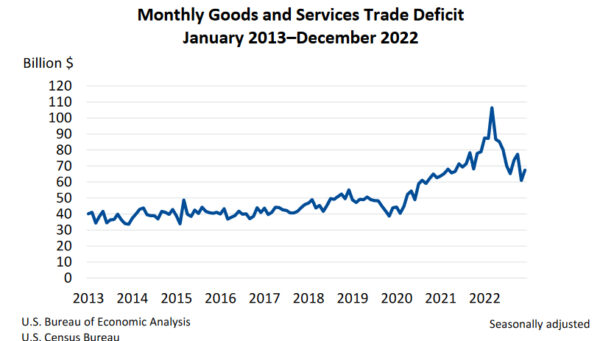
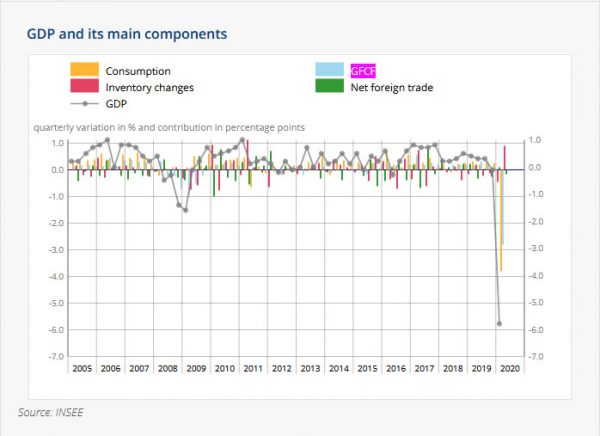
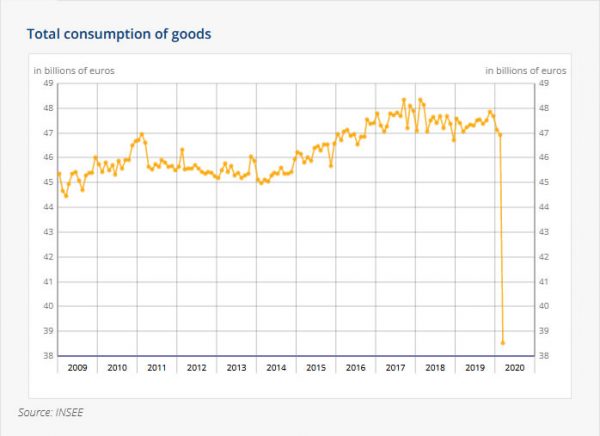
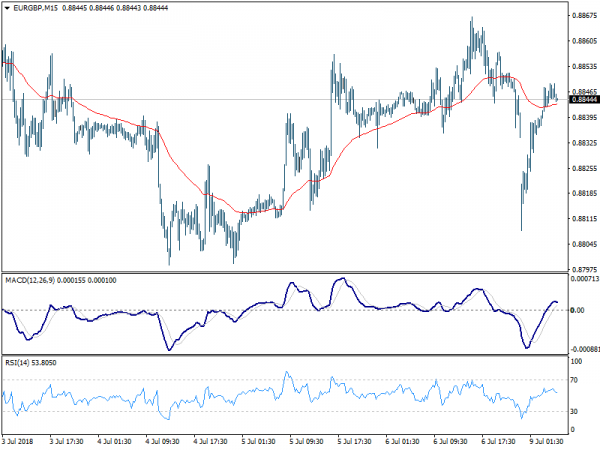
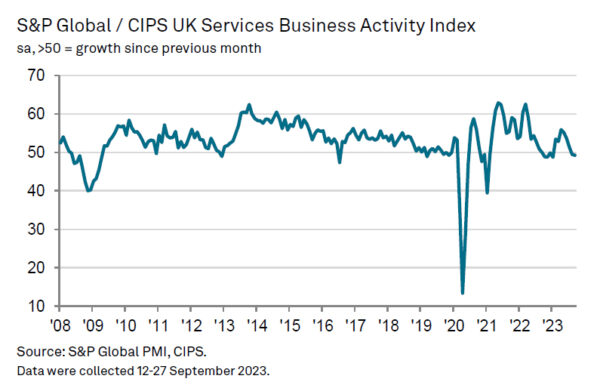
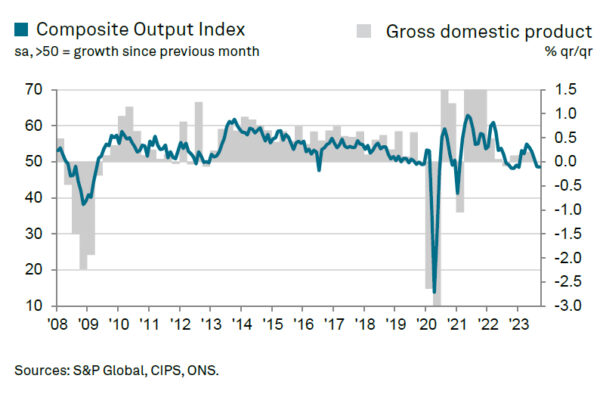
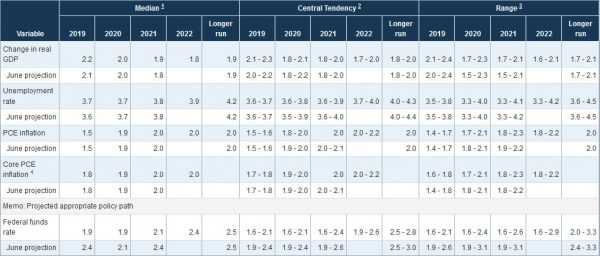
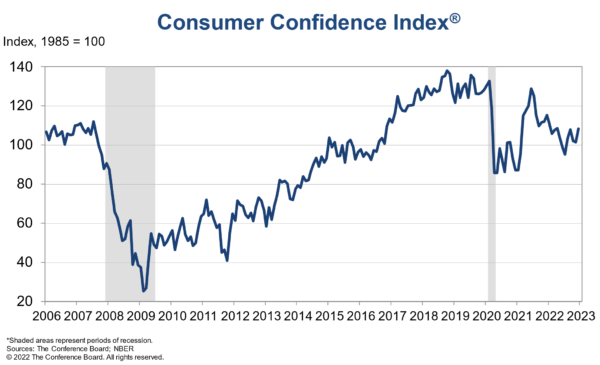
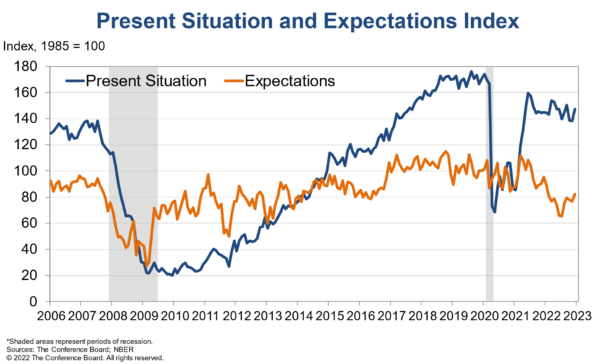

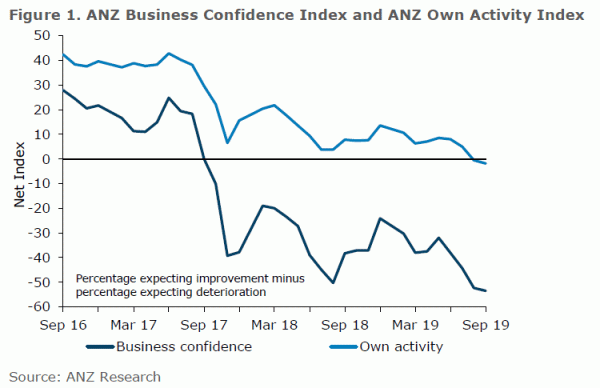
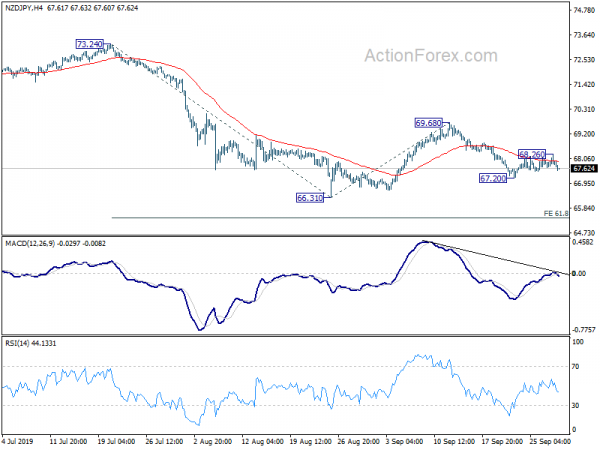
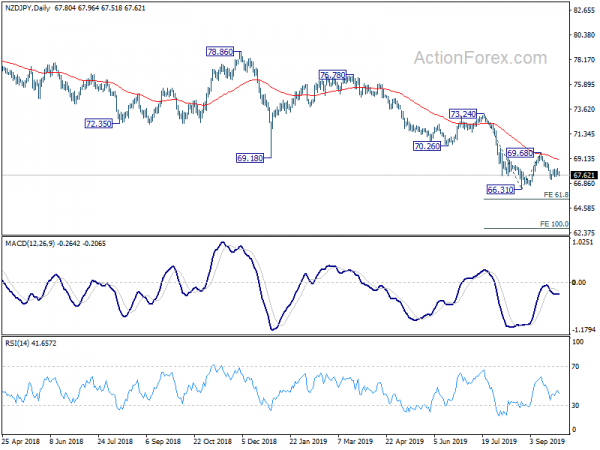

BoE Pill: A case can be made for measured rather than activist approach to policy decisions
BoE Chief Economist Huw Pill said in a speech even though the voted for a 25bps hike last week, “given the inflationary pressures we currently face, I can certainly understand why colleagues on the MPC voted for a 50bp hike”.
But, “a case can be made for a measured rather than activist approach to policy decisions, with a focus on more persistent developments in the data that have lasting implications for the outlook for price stability,” he said.
“That is what I would label a ‘steady handed’ approach to monetary policy. Even if it does not provide guidance in all circumstances, I hope it can help explain why I voted for a 25bp hike – rather than something larger – last week.”
Full speech here.